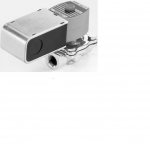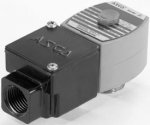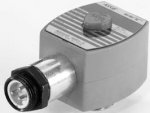NetKarts
Member
- Location
- reno,nv,usa
Hello, first time poster. My question is about something myself and others have been doing forever, but has recently been brought to my attention that this common practice is a code violation. I did not believe it when I was told this, but I have not been able to refute it.
OK, so the common practice is installing a 1/2in condulet onto a common 110v solenoid valve and splicing with wirenuts 3ea #14 thhn conductors onto the typ 3ea #18 conductors from the solenoid. Well per NEC box and condulet wire fill language, a 1/2 nor a 3/4 condulet has sufficient cubic inch capacity to do this. What have I been missing all these years, or is there an exception in there somewhere that allows this that I cannot locate? You would not believe what we have been utilising in place of the condulets to meet this criteria. Any and all comments are welcome and thank you very much.
Mike
OK, so the common practice is installing a 1/2in condulet onto a common 110v solenoid valve and splicing with wirenuts 3ea #14 thhn conductors onto the typ 3ea #18 conductors from the solenoid. Well per NEC box and condulet wire fill language, a 1/2 nor a 3/4 condulet has sufficient cubic inch capacity to do this. What have I been missing all these years, or is there an exception in there somewhere that allows this that I cannot locate? You would not believe what we have been utilising in place of the condulets to meet this criteria. Any and all comments are welcome and thank you very much.
Mike





